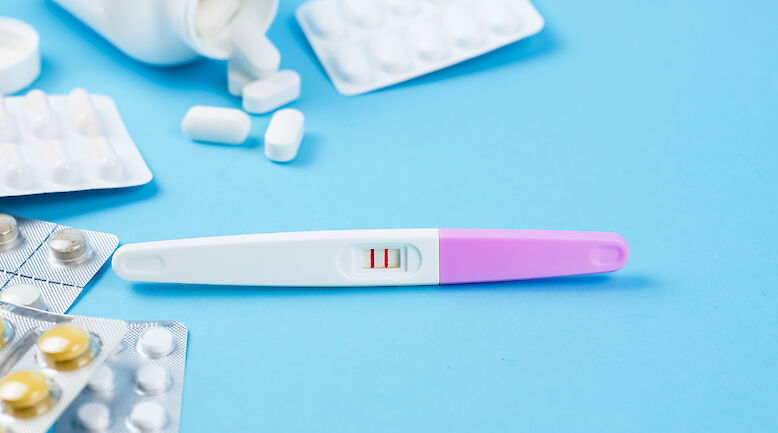English summary: Effect of smoking on life expectancy by educational group in Finnish men and women in 1971-2010

The changing contribution of smoking to educational differences in life expectancy: indirect estimates for Finnish men and women from 1971 to 2010.
Background
The aim of our sudy was to examine educational differences in trends in life expectancy for Finnish men and women and to estimate the contribution of smoking to educational differences in life expectancy between 1971 and 2010 in Finland.
Methods
Eight prospective datasets with baseline in 1970, 1975, 1980, 1985, 1990, 1995, 2000 and 2005, respectively, and each linked to a 5-year mortality follow-up were used. We calculated educational differences in life expectancy at age 30, age at deaths distributions and the contribution of age to these differentials by gender and 5-year follow-up period. We also estimated life-expectancy at age 50 with and without smoking-attributable mortality by gender and education. Estimates of smoking-attributable mortality were based on an indirect method that used lung cancer mortality as a proxy for the impact of smoking on mortality from all other causes.
Results
Life expectancy at age 30 has increased in all educational groups and disparities in life expectancy have grown. Life expectancy increases have also led to rapid increases in age at death and to educational differences in modal age at death and variability in age at death. Smoking-attributable deaths constituted about 27% of all male deaths above age 50 in the early 1970s and 17% in the period 2006-2010; the corresponding figures for women were 1% and 4% respectively. The life expectancy differential between men with basic versus high education increased from 3.4 to 4.7 years between 1971-75 and 2006-10. In the absence of smoking, these differences would have been 1.5 and 3.4 years, 1.9 years (55%) and 1.3 years (28%) less than those observed. Among women, educational differentials in life expectancy between the most and least educated increased from 2.5 to 3.0 years. This widening was almost entirely accounted for by the increasing impact of smoking. Among women the contribution of smoking to educational differences had increased from being negligible in 1971-75 to 16% in 2006-2010.
Conclusions
In the past 40 years educational differences in life expectancy at age 30 have increased considerably because of more rapid mortality decline among the better educated. Among men, the increase in educational differences in life expectancy at age 50 in the past decades was driven by factors other than smoking. However, smoking continues to have a major influence on educational differences in mortality among men and its contribution is increasing among women.












